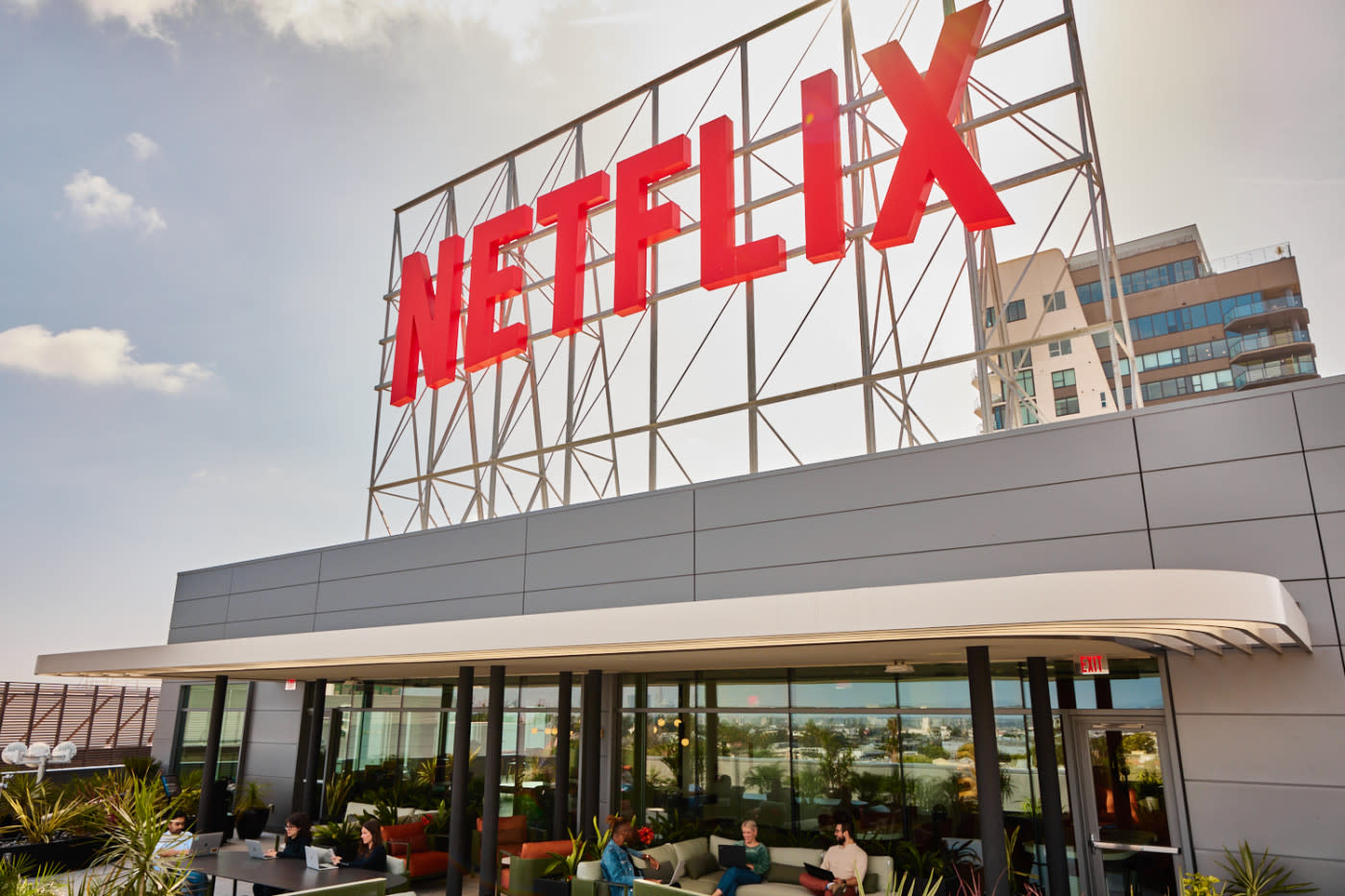Analyst: Streaming to See More Acquisitions and Consolidation in 2022
Two new types of M&A activity will shape the race for global growth in the streaming industry during 2022 according to Ampere Analysis

LONDON—As the TV industry emerges from the pandemic, the streaming and TV industry is about to enter a double wave of merger and acquisition activity driven by the need to acquire more content and a return to large scale vertical integration bringing together content and distribution clout, according to Ampere Analysis.
Ampere’s research director Guy Bisson argues that “success in streaming today means capture and retain: capture the viewer and then keep them happy enough to stick around. That strategy relies on both popular content and new original debuts with both a bang (impact that grows and engages the customer base) and longevity. To achieve this, 2022 will herald the start of a new wave of M&A activity that will position the TV market for on-going growth and align companies along the key verticals needed to service a global streaming-first TV content and distribution market.”
This new phase, Ampere predicted, will be characterized by "structural positioning." As part of that, one wave of M&A activity will focus on content intellectual property where acquisition targets will include traditionally established TV production entities with a track record of creating character-driven content franchises, as well as publishers, games studios, comic creators, toys, music catalogs, TV and movie libraries and archives that have the same proven abilities.
The second will push the industry towards a return of large-scale vertical integration, although the alignments will differ from the combinations that characterized the last great wave of content-plus-distribution mega-mergers in the 1990s and 2000s, Ampere predicts.
In this new phase of the streaming industry, there will be two broad types of companies: “feeders” who currently make content available for international licensing, and “deliverers” – the consumer-facing content platforms who increasingly make programming primarily for their own channel or streaming service.
Feeders need scale to survive in the new global TV market, so they will be aiming to grow their geographic footprint and the breadth of their production assets by executing classic horizontal mergers, Bisson argued. As feeders scale, they also become acquisition targets for the delivers, eager to make and access more content that meets the "capture and retain" principle.
In contrast to the feeders, most of the deliverers have emerged from already vertically integrated studio businesses or are new global streaming entrants such as Netflix or Amazon, Bisson added. They need a way to boost their ability to get in front of viewers on a global basis.
Get the TV Tech Newsletter
The professional video industry's #1 source for news, trends and product and tech information. Sign up below.
For the deliverers, vertical integration will be the prevailing trend, meaning the combination of content and distribution, creating big tech plus major content combinations, Bisson said. He pointed to the Amazon/MGM deal as a precursor to this trend.
“The need to control global rights drove the first waves of production M&A activity as streaming took off,” Bisson said. “In 2022, content M&A will increasingly shift to focus on intellectual property, the control of characters and their associated fan bases. Already, 40% of new streaming TV show commissions are based on existing IP so the future means not just controlling global rights, but also managing the source of new and franchisable content.”
George Winslow is the senior content producer for TV Tech. He has written about the television, media and technology industries for nearly 30 years for such publications as Broadcasting & Cable, Multichannel News and TV Tech. Over the years, he has edited a number of magazines, including Multichannel News International and World Screen, and moderated panels at such major industry events as NAB and MIP TV. He has published two books and dozens of encyclopedia articles on such subjects as the media, New York City history and economics.

